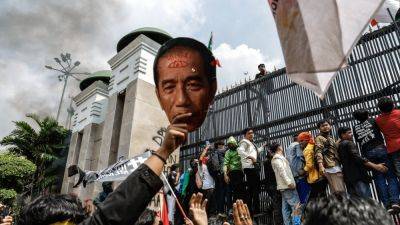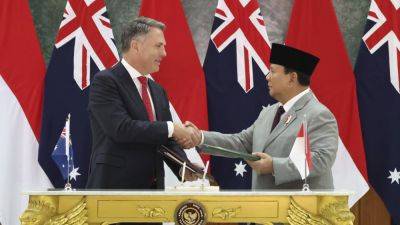Wealth illusion: The fading mirage of Indonesia’s middle class
Indonesia’s middle class is shrinking. After expanding by 21 million from 2014 to 2018, it contracted by 8.5 million in the past six years, reducing its size to 52 million, as reported by the Indonesia Economic Outlook 2024.
This class, which comprised 21-23% of the population before the pandemic, dropped to 17% last year, as outlined by the World Bank. This decline is mirrored in the aspiring middle class, rising to 49%, with many slipping into more vulnerable categories.
The so-called key driver of economic growth has contributed 82.3% of total consumption and 50.7% of tax revenues. Unfortunately, there remains a systemic challenge faced by Indonesia’s middle class to ascend to the upper class, from surviving with stagnant income growth to financing rising living costs to dwelling in a consumptive culture driven by the fear of missing out.
This unhealthy trend has emerged in recent years, where influencers broadcast their instantly acquired wealth, compelling netizens to pursue a “fake wealth” lifestyle in a pseudo-affluent society. This phenomenon, largely sustained by the rise of social media and consumerism, has led to what economists call a false sense of purchasing power that masks deeper economic insecurities.
Debt-Fueled life
Indonesia commemorates its Independence Day this month. Unfortunately, financial independence is understood superficially, focusing on achieving mere figures and encouraging the ability to possess, buy, and spend as a measure of success. Ultimately, debt in all forms (e.g., credit card, paylater, online loans) becomes an inevitable solution.
The latest National Financial Literacy and Inclusion Survey (SNLIK) 2024 by the Financial Services Authority (OJK) and Statistics Indonesia reveals a







